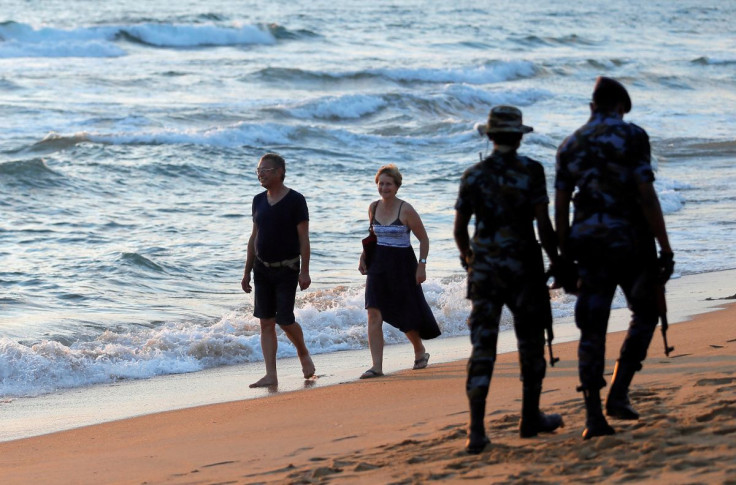Mysterious Pipe-Like Sea Creature Found Lying On Beach Baffles Morning Walkers
A mysterious sea creature found lying ashore on a beach in Ireland has left morning walkers and internet users baffled.
An image of the creature was posted on a Reddit page last week.
"Can anyone help me identify this sea creature? Just found it washed up on a beach in Ireland," the post read, according to News18. The image showed the long and thin pipe-like creature, which many referred to as a "forbidden churro."
A user suggested it might be a "Goa'uld," a race of sentient parasitic beings from the sci-fi series "Stargate SG-1." Another Redditor called it the "jörmungadr," a sea serpent in the Norse mythology popularised by the "God of War" franchise.
One user commented that it "might be a greater pipefish (Syngnathus acus)" and the person who first found it replied, "You're right! Just looked that up and it looks identical. Thanks for your help. I don't know much about marine biology and really appreciate it."
However, no official confirmation has been made so far.
Mysterious Pipe-like Sea Creature Found on Beach in Ireland. Can you Identify it? Netizens flooded the comment section with replies attempting to name the creature. #LatestNews by #News18 https://t.co/Ouw6tuLLIE
— Market’s Cafe (@MarketsCafe) May 13, 2022
Pipefish are a subfamily of small fish that are closely related to both seahorses and seadragons. They are very slender, long-bodied fishes that are covered with rings of bony armor. They are often found along the western coast of Britain and Ireland, according to Britannica.
Marine life is so vast that there are thousands of different kinds of creatures that people are still unaware of. There have been several instances in the past, where weird-looking mysterious creatures have washed up on beaches across the world.
Last month, a mysterious sea creature with a bloated body and human-like lips washed up on a beach in Australia. Beachgoer Drew Lambert and his friend found the weird alien-like creature between seaweeds while taking a walk on Sydney's Bondi Beach.
"[I thought] oh my god, that's weird. I just looked at it and say 'What the hell does this fish have human lips on it? It looked like it was puckering up for a kiss," Lambert told Yahoo News Australia at the time.
Laetitia Hannan, a supervisor at Sea Life Sydney Aquarium, later identified it as a numb ray or coffin ray.






















